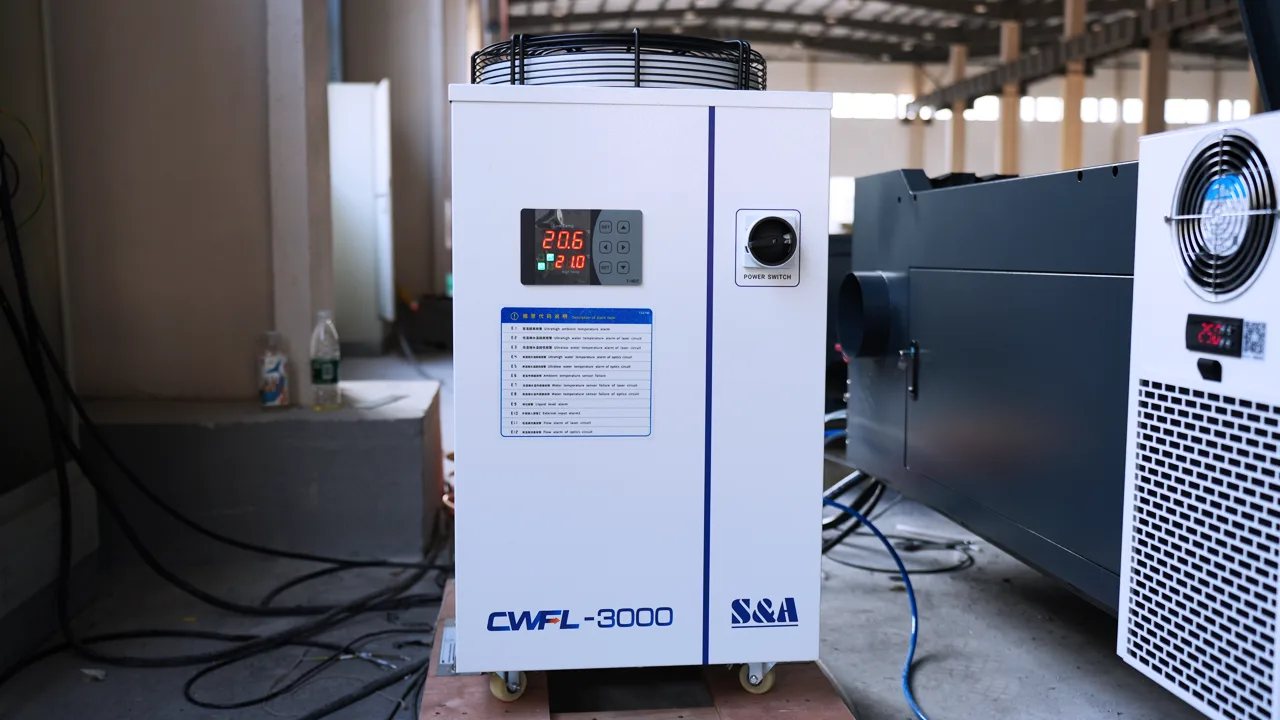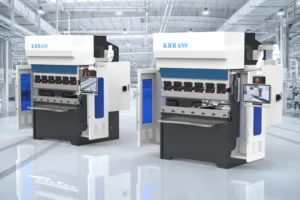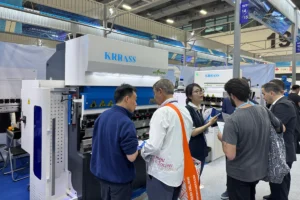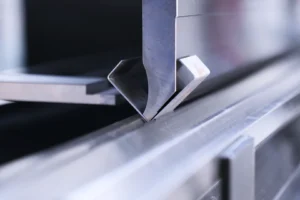Laser cutting machines rely heavily on effective cooling systems to keep their components at the right temperature. During winter, the risk of freezing coolant can lead to severe damage, making Winter Protection for Laser Equipment essential. It is crucial to implement antifreeze measures to protect your laser equipment. Let us break down the basics of how to prevent freezing and keep your equipment in top shape.
Why is Antifreeze Important for Laser Equipment?
When the temperature drops below freezing, the coolant in the system can solidify and expand. This can cause blockages or even break parts of the cooling system, including internal components and optical parts. In extreme cases, the laser could become completely inoperable. To avoid such issues, it is vital to take proper antifreeze measures during winter.
What is the Ideal Operating Temperature for Laser Equipment?
The laser system should ideally work in an environment with a temperature around 22°C. The chiller’s cooling water should be set at:
- Low-temperature water: 20-24°C
- High-temperature water: 28-30°C
Before starting the laser, make sure the chiller runs for at least 20 minutes to stabilize the water temperature, ensuring it matches the set levels.
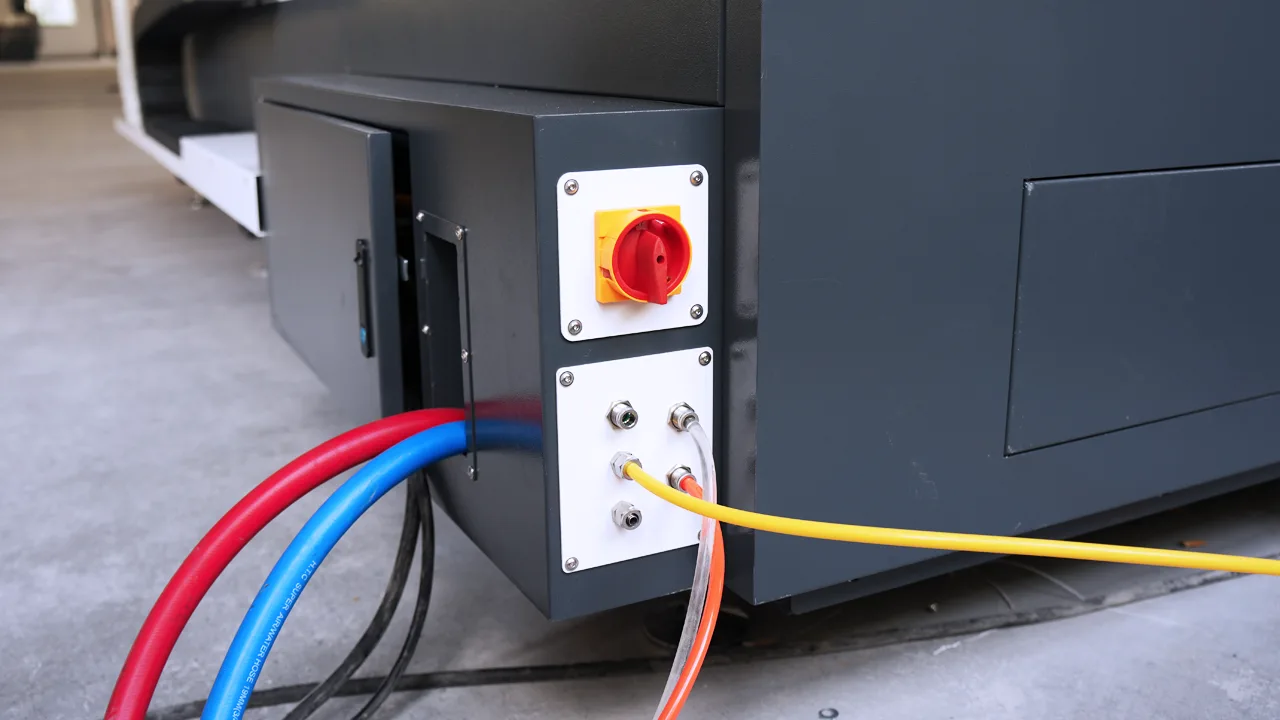
Common Methods for Winter Protection for Laser Equipment
1. Keep the Chiller Running (When Possible)
If you can avoid power interruptions, it is a clever idea to keep the chiller running. This will maintain the flow of coolant and prevent freezing. However, in extremely wintry conditions, even circulating water can freeze, so additional precautions may be necessary.
2. Drain the Coolant (For Long Periods of Inactivity)
If the equipment will not be used for a while (such as during holidays), it is best to drain the coolant.
Here is how to do it:
- Disconnect the chiller’s low-temperature and normal-temperature outlet pipes.
- Use clean air to blow through the outlet pipes to remove coolant from the chiller, laser, and cutting head.
- Open the drainage port to ensure all the coolant is drained from the chiller’s tank.
This prevents any liquid from freezing and causing damage.
3. Add Antifreeze (For Areas with Unstable Power Supply)
In areas where power outages are frequent and it is difficult to drain the coolant regularly, adding antifreeze to the coolant is essential.
Here is how to do it safely:
- Mix antifreeze with distilled or deionized water at a 3:7 ratio (3 parts antifreeze to seven parts water).
- Use a reputable antifreeze brand, like Clariant (USA).
- After adding antifreeze, the coolant will be protected down to -15°C.
Note: The chiller should still operate above 5°C, and the system needs a minimum of 10°C for cold starts.
4. Maintain a Safe Ambient Temperature
If possible, use heaters to keep the working environment at 5°C or higher. This is an ideal temperature to keep your equipment protected and operating smoothly.
Antifreeze Mixture Guidelines
Depending on the outside temperature, you can adjust the antifreeze mixture ratio as follows:
| Antifreeze Mixture Ratios | |
|---|---|
| Ambient Temperature: -42°C to -45°C | 6:4 (6 parts antifreeze to 4 parts distilled water) |
| Ambient Temperature: -32°C to -35°C | 5:5 (5 parts antifreeze to 5 parts distilled water) |
| Ambient Temperature: -22°C to -25°C | 4:6 (4 parts antifreeze to 6 parts distilled water) |
| Ambient Temperature: -12°C to -15°C | 3:7 (3 parts antifreeze to 7 parts distilled water) |
Important Notes
- Antifreeze should not be used as a replacement for distilled or purified water for the entire year.
- After winter, it is essential to flush the system with distilled or deionized water to remove any antifreeze. Once the system is flushed, continue using only distilled or deionized water for normal operation.
By taking these simple steps, you can ensure your laser equipment remains safe and functional even through the coldest winter months. Stay initiative-taking and protect your investment!
